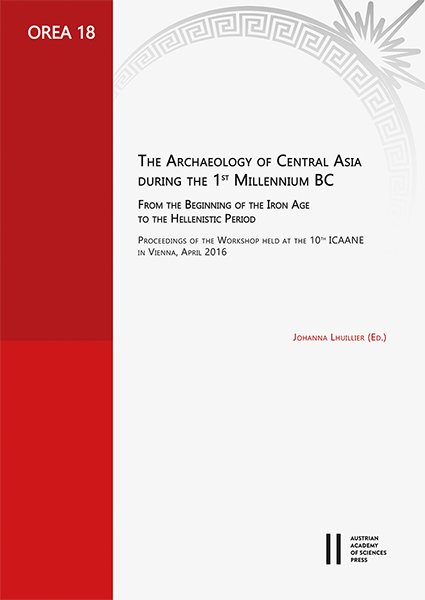
Archaeology of Central Asia during the 1st millennium BC, from the Beginning of the Iron age to the Hellenistic period, pp. 49-70, 2021/12/17
Proceedings from the Workshop held at 10th ICAANE
First results of the botanical and faunal remains analysis from Iron Age contexts at Ulug-depe in Turkmenistanreveal subsistence economies that primarily focused on cultivating and herding, with the presence of commonplant and animal species for this period such as wheat, barley, sheep, goat and cattle. However, a large diversity ofwild resources, in particular game, indicates that collecting and hunting also played an important role at the site. Thepresence of these wild species in the bioarchaeological record clearly shows that people from Ulug-depe had access toa variety of very different biotopes – foothill zones, riverine environments and steppe-desert. The specific context of theMiddle Iron Age citadel accounts for some unexpected discoveries such as large quantities of juniper among the woodelements used for roofing and a ritual deposit involving wild animals.
Keywords: archaeobotany; archaeozoology; bioarchaeology; Early Iron Age; Middle Iron Age; Ulug-depe; Turkmenistan; Yaz culture